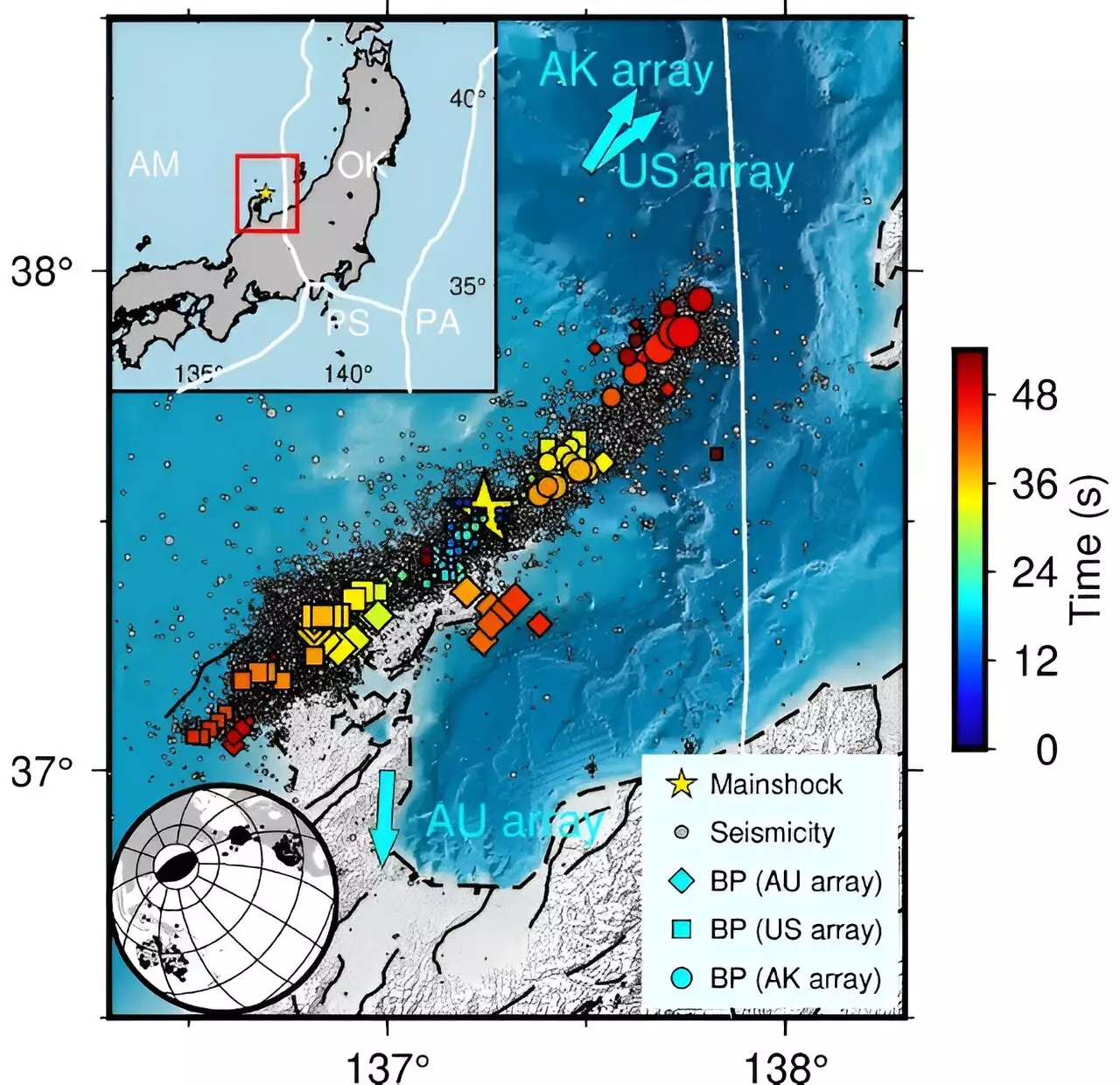The first seven months of 2024 brought significant seismic activity, with a magnitude 7.5 earthquake striking Japan’s Noto Peninsula on New Year’s Day. This catastrophic event claimed the lives of more than 280 individuals and caused extensive damage to over 83,000 homes. Geologists delving into the details of this earthquake have uncovered a rare phenomenon known as a “dual-initiation” mechanism that played a pivotal role in the earthquake’s intensity. This mechanism involved the simultaneous starting of the earthquake at two distinct points on the fault line, creating a seismic rupture that encircled and breached a resistant area on the fault called a barrier.
Advanced seismic and geodetic technologies have enabled a detailed analysis of the seismic swarms preceding the Noto earthquake. These seismic swarms, characterized by a series of small earthquakes, are often precursors to larger, more destructive seismic events. The in-depth study, published in the journal Science, sheds light on the significance of fault barriers, also known as asperities, in earthquake genesis. By deciphering the complex interactions within the Earth during seismic swarms, researchers aim to enhance seismic risk assessments and improve earthquake forecasting methods.
Earthquakes occur when faults in the Earth’s crust allow blocks of rocks on either side of the fault to move relative to each other. The movement along faults is not continuous due to the uneven and irregular nature of fault lines, which leads to energy dissipation and eventual cessation of movement. A barrier serves as a rugged segment that temporarily halts the movement of fault sides, absorbing the energy generated by the fault’s activity. However, when the stored energy surpasses the barrier’s threshold, it can rupture violently, resulting in significant ground shaking.
Led by renowned experts in the field of earth sciences, an international research team meticulously analyzed geospatial data and seismic wave recordings to unravel the complexities behind the Noto earthquake. The team identified a previously unknown barrier within the vicinity of the seismic swarm that preceded the earthquake. Surprisingly, the earthquake initiated almost simultaneously at two distinct locations along the fault line, converging towards the barrier and culminating in a forceful rupture and intense ground shaking.
Implications and Future Research
The discovery of the dual-initiation mechanism in the Noto earthquake highlights the intricate nature of earthquake genesis and the critical role of specific conditions in triggering large-scale seismic events. While laboratory simulations have depicted such mechanisms, observing them in nature remains challenging. The abundance of data from seismic monitoring stations, GPS, and satellite radar facilitated the comprehensive analysis of the fault dynamics in this case. The researchers anticipate that with enhanced imaging technologies and resolution, more earthquakes with dual-initiation mechanisms may be identified in the future.
The Noto earthquake serves as a poignant reminder of the unpredictable nature of seismic events and the paramount importance of comprehensive research in understanding earthquake mechanisms. By delving deeper into the complexities of fault interactions and seismic swarms, scientists strive to enhance earthquake preparedness and mitigate the impact of future seismic catastrophes.

